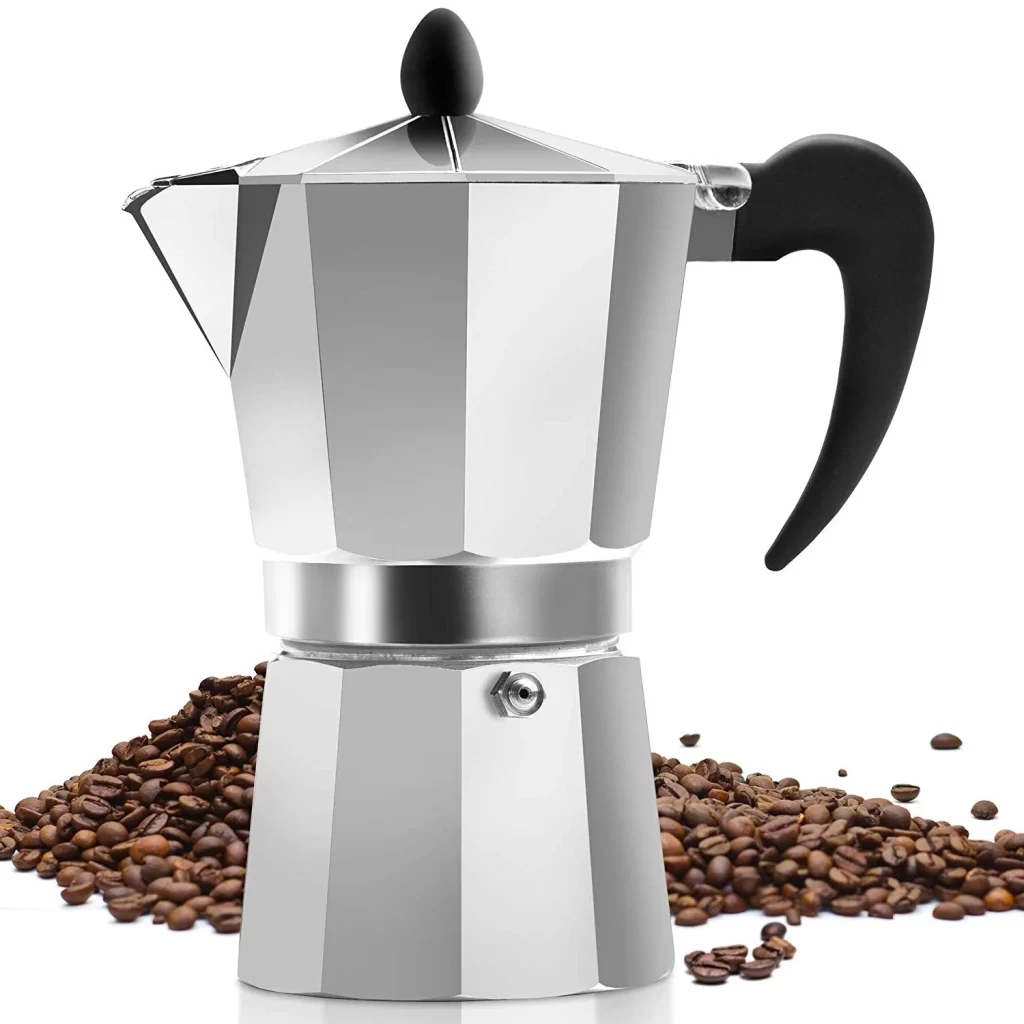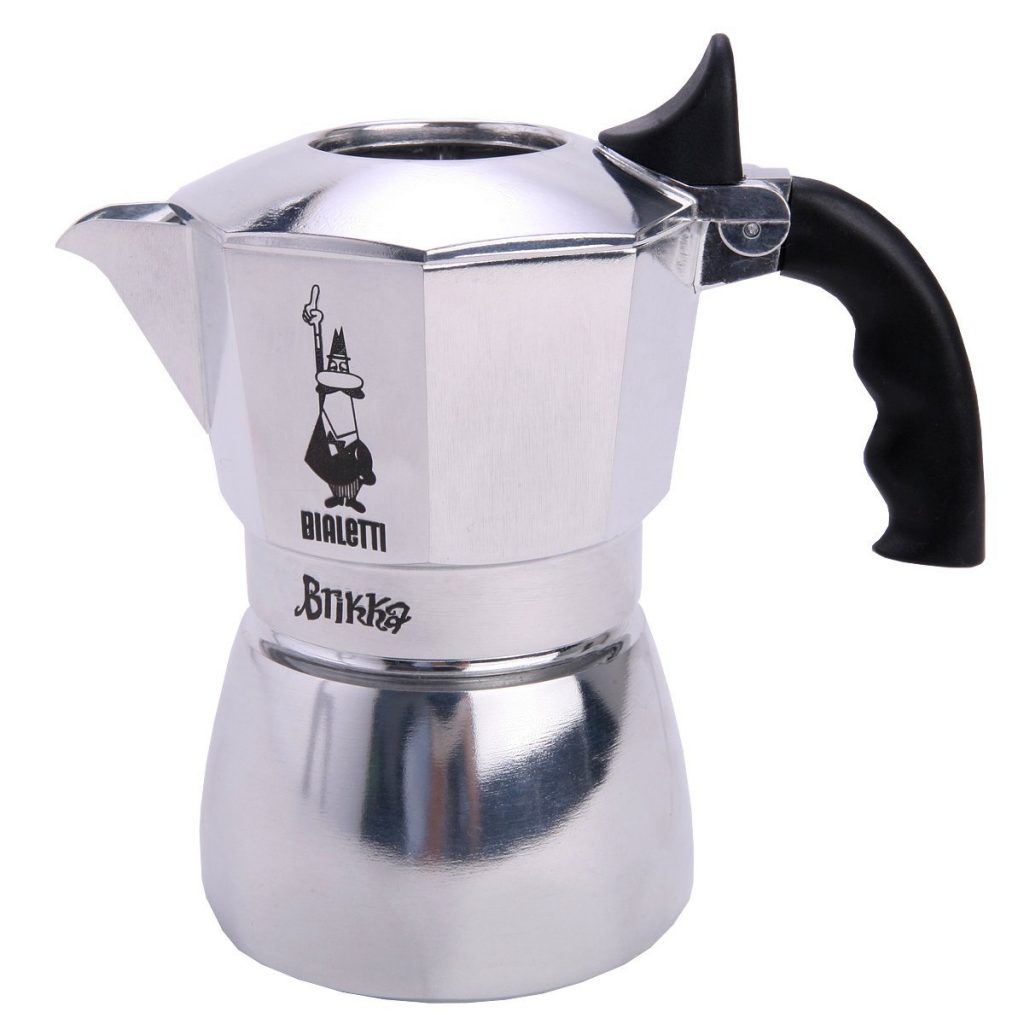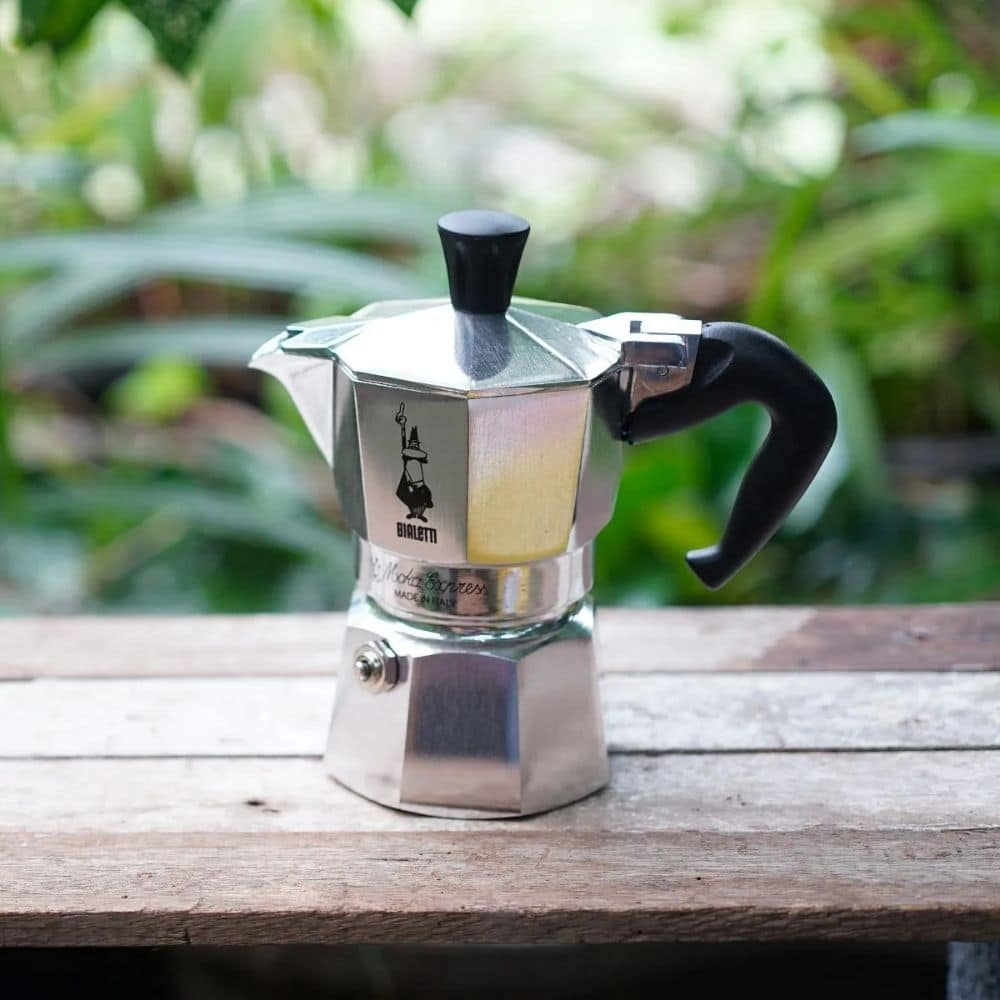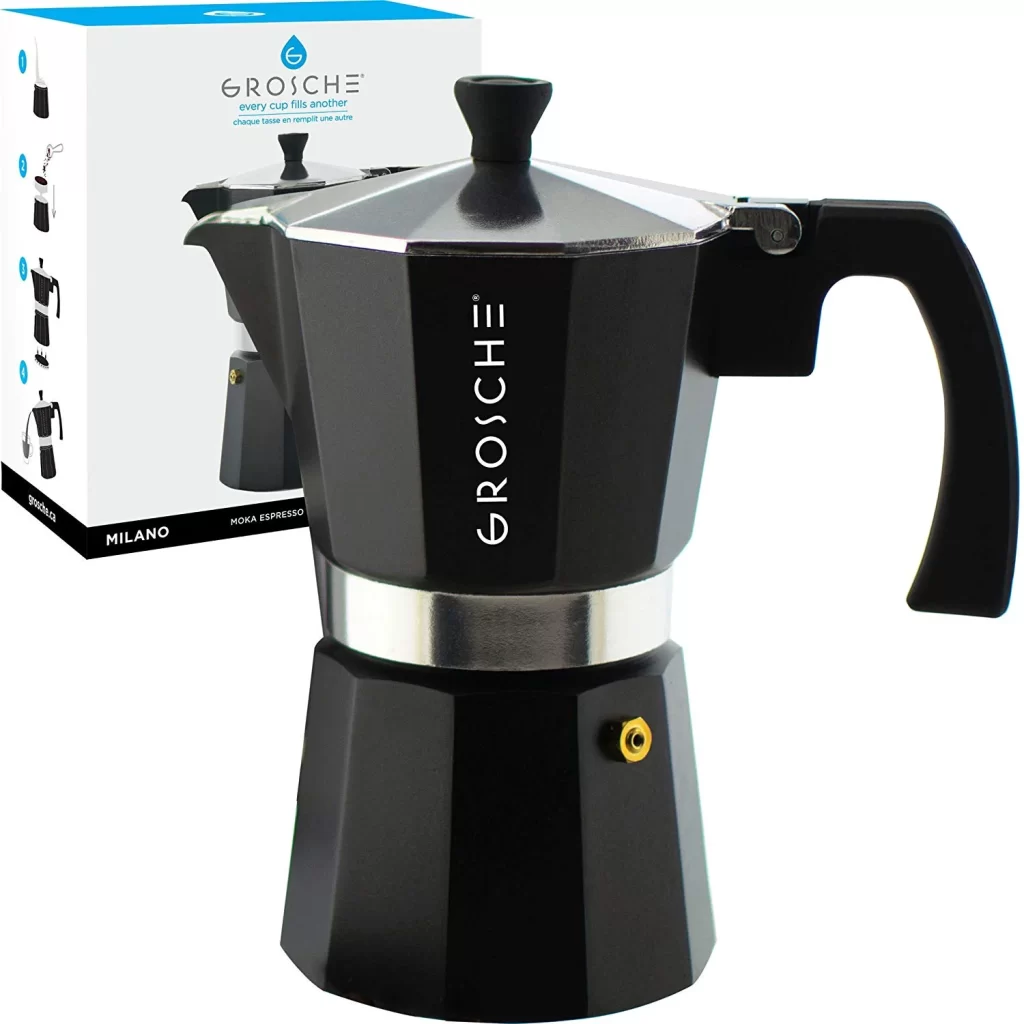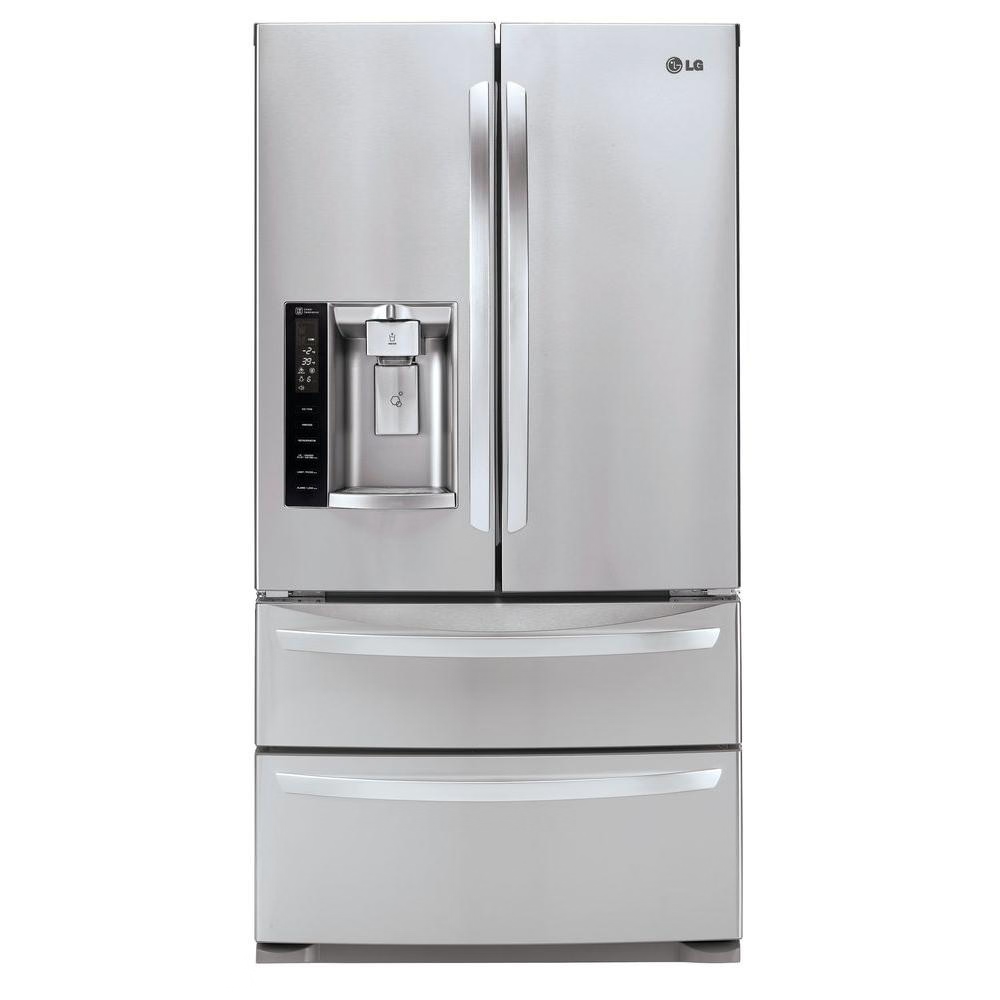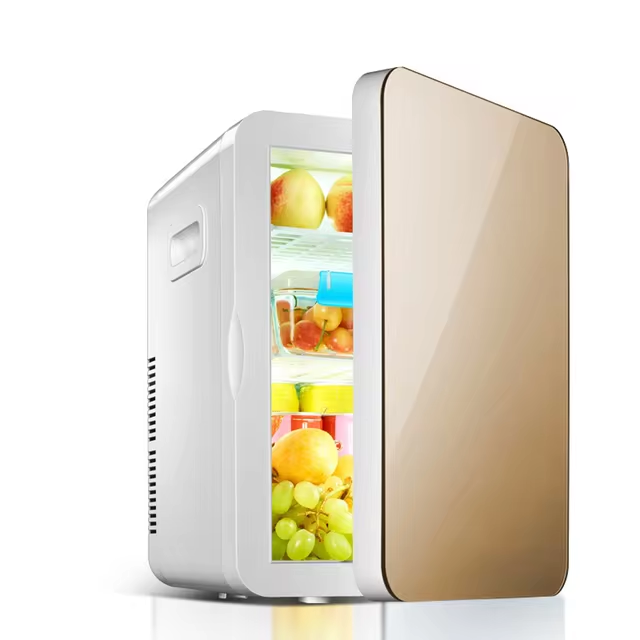The Italian Espresso Maker: A Dive into Tradition and Craft
Introduction to Italian Espresso Makers
The heart of Italian coffee culture beats strongly through its iconic Italian espresso makers. These machines are not merely tools for brewing coffee; they are a testament to Italy’s rich heritage, craftsmanship, and passion for delivering the perfect espresso. From the bustling cafes of Rome to the serene homes in Milan, the Italian espresso maker stands as a symbol of exceptional quality and tradition. In this comprehensive guide, we will delve into the history, types, features, and maintenance of these remarkable machines, offering a deep appreciation for what makes an Italian espresso maker truly exceptional.
Types of Italian Espresso Makers
Manual Espresso Machines
Manual espresso machines, often favored by purists and enthusiasts, require the user to control the brewing process entirely. These machines typically feature a lever that the barista operates to generate the necessary pressure for extraction. Manual machines offer unparalleled control over variables such as pressure and flow rate, allowing for a customized espresso experience. However, they demand a higher level of skill and practice to master, making them ideal for those who appreciate the art of espresso making.
Semi-Automatic Espresso Machines
Semi-automatic machines strike a balance between manual control and automated convenience. Users manage the grinding, dosing, and tamping of coffee, while the machine automates the water temperature and pressure application. This type of espresso maker is popular in both home and commercial settings, providing consistency without requiring the extensive expertise needed for fully manual machines. Brands like Rancilio and Gaggia are renowned for their reliable semi-automatic models.
Automatic and Super-Automatic Espresso Machines
Automatic and super-automatic espresso machines offer the highest level of convenience, automating most or all aspects of the brewing process. Super-automatic machines, in particular, can grind, dose, tamp, brew, and even froth milk at the touch of a button. These machines are perfect for those who desire a quick and hassle-free espresso without compromising on quality. Companies such as Jura and Saeco lead the market with their innovative super-automatic espresso makers, catering to the modern consumer’s need for efficiency and ease.
Stove-Top Espresso Makers
While not traditional espresso machines, stove-top moka pots hold a cherished place in Italian households. These compact, affordable devices brew strong coffee by forcing steam through finely ground coffee beans. Although they do not produce true espresso, moka pots deliver a robust and flavorful cup that reflects the Italian love for rich coffee. Iconic brands like Bialetti have popularized the moka pot worldwide, making it a staple in many kitchens.
Portable and Compact Espresso Makers
For those on the go, portable and compact espresso makers offer a convenient solution without sacrificing quality. These devices are lightweight and easy to carry, allowing coffee enthusiasts to enjoy a freshly brewed espresso anywhere. Innovations in portable espresso makers include hand-pump systems and battery-operated machines, ensuring that the essence of Italian espresso can be savored beyond the confines of the home or café.
Top Italian Espresso Maker Brands
La Marzocco
La Marzocco is synonymous with premium espresso machines, known for their exceptional craftsmanship and innovative design. Founded in 1927 in Florence, the company has built a reputation for producing reliable, high-performance machines favored by top-tier coffee shops worldwide. Models like the Linea Classic and the Strada are celebrated for their precision engineering, durability, and ability to deliver consistent, high-quality espresso.
Faema
Faema, established in 1945, has been a pioneer in the espresso machine industry, credited with inventing the first espresso machine with a lever-operated piston pump. This breakthrough innovation set new standards for pressure-based brewing and influenced the design of countless machines that followed. Faema’s E61 group head, introduced in 1961, remains a benchmark for temperature stability and efficient extraction, making Faema a trusted name among espresso professionals.
Rancilio
Rancilio is renowned for bridging the gap between commercial-grade performance and home use. Their flagship model, the Rancilio Silvia, is a favorite among home baristas for its robust construction, reliable performance, and ability to produce café-quality espresso. Rancilio’s commitment to quality and user-friendly design has made their espresso makers a staple in both professional and domestic kitchens.
De’Longhi
De’Longhi has become a household name globally, offering a diverse range of espresso machines that cater to various needs and budgets. From manual lever machines to sophisticated super-automatic models, De’Longhi combines Italian design with practical functionality. Their focus on user-friendly interfaces and consistent performance has made De’Longhi a popular choice for both aspiring and seasoned baristas.
Bialetti
Bialetti, best known for its iconic moka pot, also offers a range of espresso makers that embody the spirit of Italian coffee culture. Established in 1933, Bialetti has a long history of producing affordable, durable, and aesthetically pleasing coffee brewing devices. Their espresso machines maintain the brand’s legacy of simplicity and reliability, making them a beloved option for home use.
Selecting the Right Italian Espresso Maker
Assessing Your Needs
Choosing the right Italian espresso maker begins with understanding your specific needs and preferences. Consider factors such as the frequency of use, the desired level of control over the brewing process, and whether the machine will be used in a home or commercial setting. Identifying your priorities will help narrow down the options and ensure you select a machine that aligns with your coffee habits.
Budget Considerations
Italian espresso makers come in a wide range of price points, from affordable moka pots to high-end professional machines. Establishing a budget is crucial in the selection process. While premium brands offer exceptional quality and advanced features, there are also cost-effective options that provide great performance without breaking the bank. Balancing your budget with the features you desire will guide you toward the best choice for your circumstances.
Space and Aesthetics
The size and design of the espresso maker should complement the available space and the aesthetic of your environment. Compact models are ideal for smaller kitchens or limited countertop space, while larger machines are suited for dedicated coffee areas or commercial settings. Additionally, the visual appeal of the machine can enhance the overall ambiance, so consider a design that resonates with your personal style or the decor of your café.
Features and Functionality
Different Italian espresso makers come equipped with a variety of features that cater to different levels of expertise and preferences. Features to consider include programmable settings, built-in grinders, milk frothers, temperature control systems, and ease of maintenance. Evaluate which functionalities are essential for your coffee-making experience and choose a machine that offers the right combination of features to meet your needs.
Brand Reputation and Support
Selecting a reputable brand ensures that you receive a quality product backed by reliable customer support. Established Italian brands such as La Marzocco, Faema, and Rancilio are known for their durability and performance, often accompanied by comprehensive warranties and responsive service teams. Researching customer reviews and seeking recommendations can provide insights into the reliability and support offered by different manufacturers.
Ease of Use and Maintenance
The usability and maintenance requirements of an Italian espresso maker are important considerations, especially for those new to espresso making. Machines that are user-friendly and easy to clean can enhance the overall experience and longevity of the product. Look for models with straightforward interfaces, accessible components, and clear maintenance instructions to ensure that your espresso maker remains in optimal condition with minimal effort.
Maintaining Your Italian Espresso Maker
Regular Cleaning
To ensure the longevity and performance of your Italian espresso maker, regular cleaning is essential. This includes daily tasks such as wiping down the machine, cleaning the portafilter, and removing coffee residue. Descaling the machine periodically helps eliminate mineral buildup, which can affect the taste of the espresso and the efficiency of the brewing process. Using appropriate cleaning agents recommended by the manufacturer will prevent damage to the machine.
Proper Storage
Proper storage of your Italian espresso maker is crucial, especially if it is a manual or semi-automatic model. Ensure that all components are thoroughly dried before storing to prevent mold and mildew growth. Store the machine in a clean, dry environment, protected from dust and moisture. For portable espresso makers, invest in durable carrying cases to safeguard the device during transportation.
Routine Maintenance
Regular maintenance checks can prevent minor issues from becoming major problems. This includes inspecting hoses and seals for wear and tear, lubricating moving parts as needed, and replacing any worn-out components promptly. Following the manufacturer’s maintenance guidelines and scheduling professional servicing for more complex tasks will help maintain the optimal functionality of your Italian espresso maker.
Troubleshooting Common Issues
Even the best Italian espresso makers can encounter occasional issues. Common problems include inconsistent temperature, weak crema, and water leakage. Understanding how to troubleshoot these issues is important for maintaining the machine’s performance. For example, weak crema can result from using stale coffee beans or incorrect grind size, while temperature inconsistencies may indicate the need for descaling or professional servicing. Refer to the user manual for specific troubleshooting steps and seek professional help when necessary.
The Art of Making Espresso with an Italian Espresso Maker
Selecting the Right Coffee Beans
The foundation of a great espresso begins with selecting high-quality coffee beans. Italian espresso typically favors beans that offer a balanced flavor profile with notes of chocolate, nuts, and caramel. Whether you prefer a dark roast for its boldness or a medium roast for its complexity, choosing the right beans is crucial. Freshly roasted beans, ground just before brewing, will yield the best results.
Grinding and Dosing
Achieving the perfect grind size is essential for proper extraction. Italian espresso makers often require a fine grind, similar to table salt, to ensure that the water flows through the coffee at the optimal rate. An inconsistent grind can lead to under-extraction or over-extraction, affecting the taste and quality of the espresso. Using a burr grinder ensures a uniform grind size, which is critical for a balanced and flavorful shot.
Tamping Technique
Tamping the ground coffee evenly and with the right pressure is a vital step in espresso preparation. A consistent tamping pressure, typically around 30 pounds, creates a uniform coffee bed that allows for even water flow and extraction. Uneven tamping can result in channeling, where water flows through weak spots in the coffee bed, leading to a sour or bitter taste. Practicing a proper tamping technique enhances the overall quality of the espresso.
Brewing Process
The brewing process with an Italian espresso maker involves precise control of water temperature and pressure. Generally, espresso is brewed at around 90-96°C (194-205°F) with a pressure of 9 bars. This combination ensures the extraction of aromatic oils and flavorful compounds from the coffee grounds, resulting in a rich and concentrated espresso shot. Monitoring the extraction time, typically between 25-30 seconds, helps achieve the desired flavor balance.
Milk Frothing and Latte Art
For those who enjoy milk-based espresso drinks, mastering milk frothing and latte art is an art form in itself. Italian espresso makers with built-in steam wands or milk frothers allow users to create creamy microfoam, essential for beverages like cappuccinos and lattes. The technique involves heating and aerating the milk to achieve a smooth and velvety texture, which can then be artistically poured into patterns atop the espresso. Practicing these skills adds another dimension to the espresso experience.
Serving and Enjoying
The final step in the espresso-making process is serving and savoring the perfect shot. Authentic Italian espresso is typically served in small demitasse cups, allowing the rich flavors and aromas to be fully appreciated. Enjoying espresso immediately after brewing ensures that the crema remains intact, enhancing both the flavor and visual appeal. Pairing espresso with traditional Italian treats like biscotti or pastries can elevate the overall coffee-drinking experience.
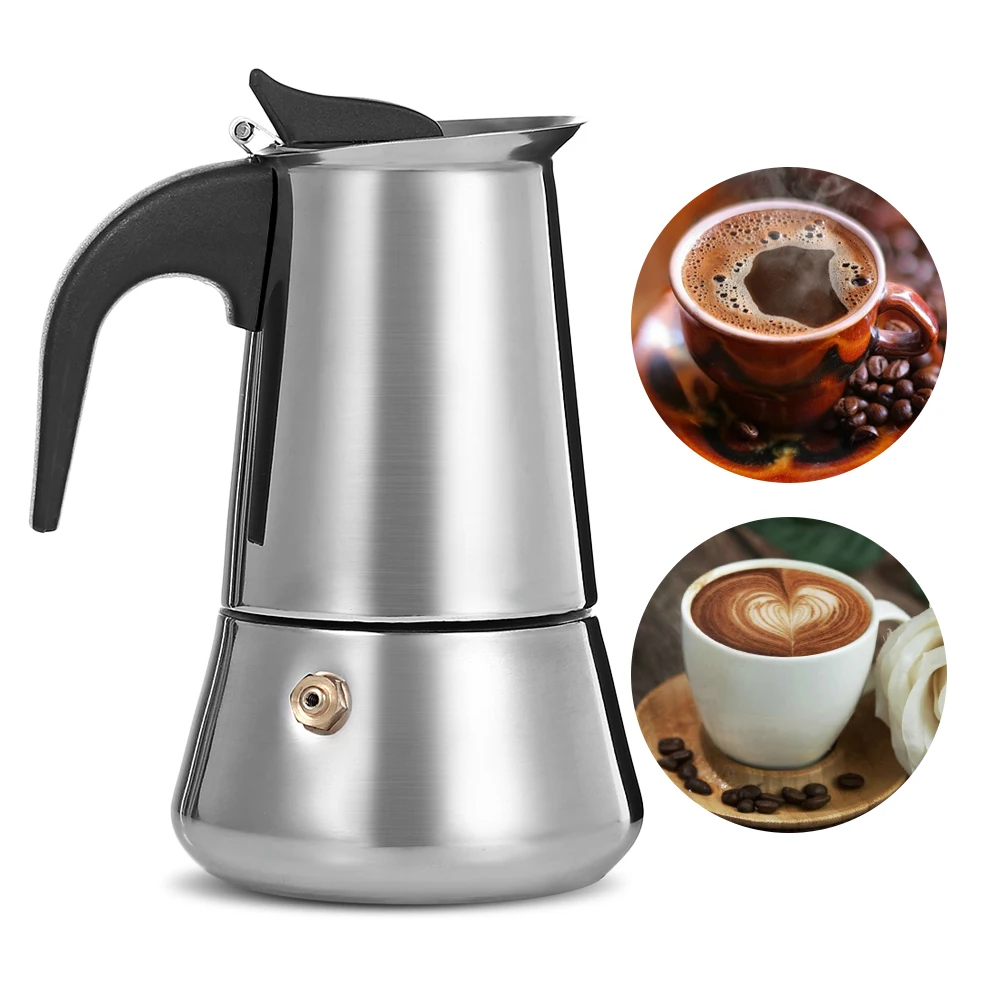 Conclusion
Conclusion
The Italian espresso maker stands as a pillar of Italy’s illustrious coffee tradition, embodying decades of craftsmanship, innovation, and cultural significance. From the first sip of a perfectly extracted espresso to the rich aromas wafting from a well-maintained machine, the experience is a celebration of quality and passion. Whether you are a seasoned barista or a casual coffee enthusiast, understanding the intricacies of an Italian espresso maker enhances your appreciation for this beloved beverage. As we continue to evolve and innovate, the Italian espresso maker remains a timeless symbol of excellence, inviting us to savor the very best that Italian coffee culture has to offer.
